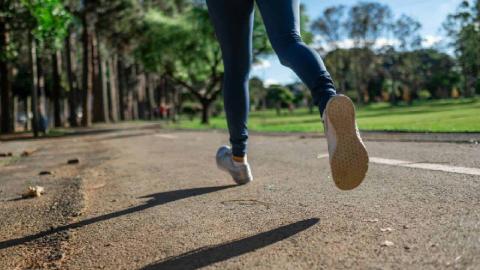
When it comes to preparing for a race, whether it’s a 10K or a marathon, long, slow distance (LSD) training is an essential component of any successful training plan. Despite the variety of race experiences, this foundational workout helps build the endurance and aerobic efficiency needed to perform at your best on race day.
Long, slow distance runs serve a dual purpose: increasing muscular endurance and improving aerobic efficiency. According to Mark Wooten, an ultramarathoner and run coach with Life Time in Garland, Texas, these runs are the most crucial workout in any training plan, regardless of the race distance.
Running at a slower pace over longer distances allows your cardiovascular system to become more efficient at delivering blood and oxygen to your muscles. This means that over time, your heart and lungs won’t have to work as hard to support your physical efforts, making it easier for you to run longer and faster.

It might seem counterintuitive to run at a slower pace when you’re training for a race, but doing so is key to unlocking the full benefits of LSD runs. Running slowly enables your body to tap into fat as a primary energy source, rather than glycogen, which is stored in limited amounts.
“When you’re in your aerobic zone, you maximize your body’s ability to burn fat as fuel,” explains Meg Takacs, NASM-CPT, a run coach and founder of the Movement & Miles app. By training your body to burn fat instead of glycogen, you’ll be able to run more comfortably for longer periods, and your body will become more efficient at sustaining prolonged efforts.

While LSD runs might not have the thrill of faster-paced workouts, their benefits are unmatched. They lay the groundwork for increased endurance, better fat utilization, and enhanced cardiovascular efficiency—all crucial for nailing your next PR. By incorporating long, slow distance runs into your training plan, you’re setting yourself up to conquer any race distance with confidence.
For more content find us via the app store:
Discover More Content





